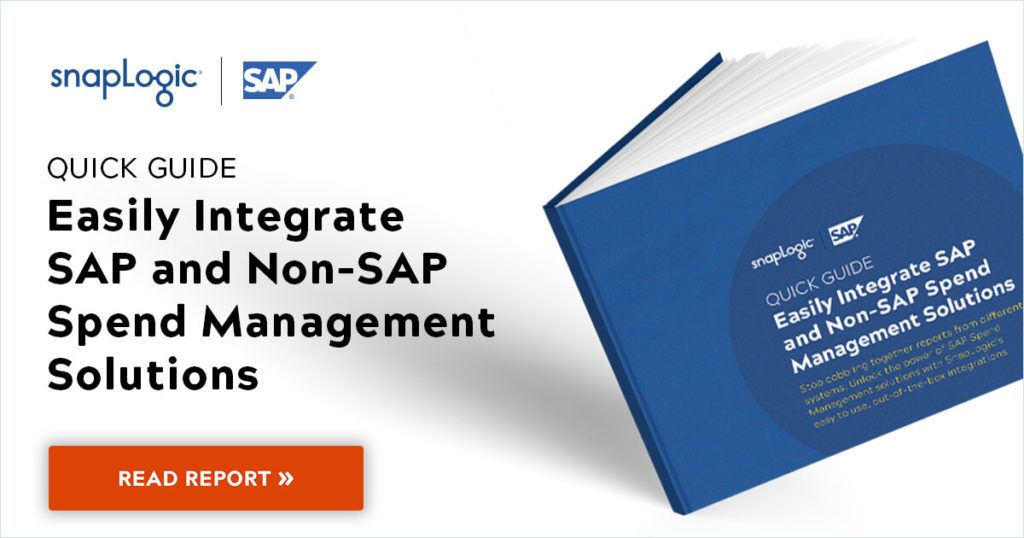How do SAP integrations work?
SAP integration is necessary for companies that deal with a variety of SAP and non-SAP applications which need to be able to communicate with each other. SAP integrations take data from one source (such as an application or software) and make it readable and usable in SAP. Integration such as this is a common need for many organizations as SAP is one of the most widely used solutions for enterprise resource planning.
There are a few ways that this process of SAP integration can happen. SAP integrations, whatever the service or software they are for, generally make use of Intermediate Documents (IDOCS). This transforms information into a standard data format. These IDOCs then become a medium for transferring data to and from SAP. Another way companies can use SAP integrations is using a Business Application Programming Interface (BAPI). A number of software integration companies have created BAPIs, allowing for SAP integration for different business needs.
SAP helps companies to optimize and gain insights into a wide variety of their functions, such as:
- Finance
- Human resources
- Supplier relationship management
- Customer relationship management
- Enterprise management
- Accounting
As its uses are so broad, SAP integrations can be necessary for different software and systems in nearly every department. Investing in an enterprise integration platform can be a large but necessary investment. This is especially true for any mid-to-large-sized companies that want to ensure they are getting the most out of all their data.
For example, if a company wants to get insights into its customer relationship management it would require Salesforce integration with SAP. This would mean that data would be moved from their CRM system in a readable and usable format to their SAP platform for analysis. The Salesforce application integration would eliminate the dual entry of data, reduce errors, and improve their ability to react to insights quickly.






